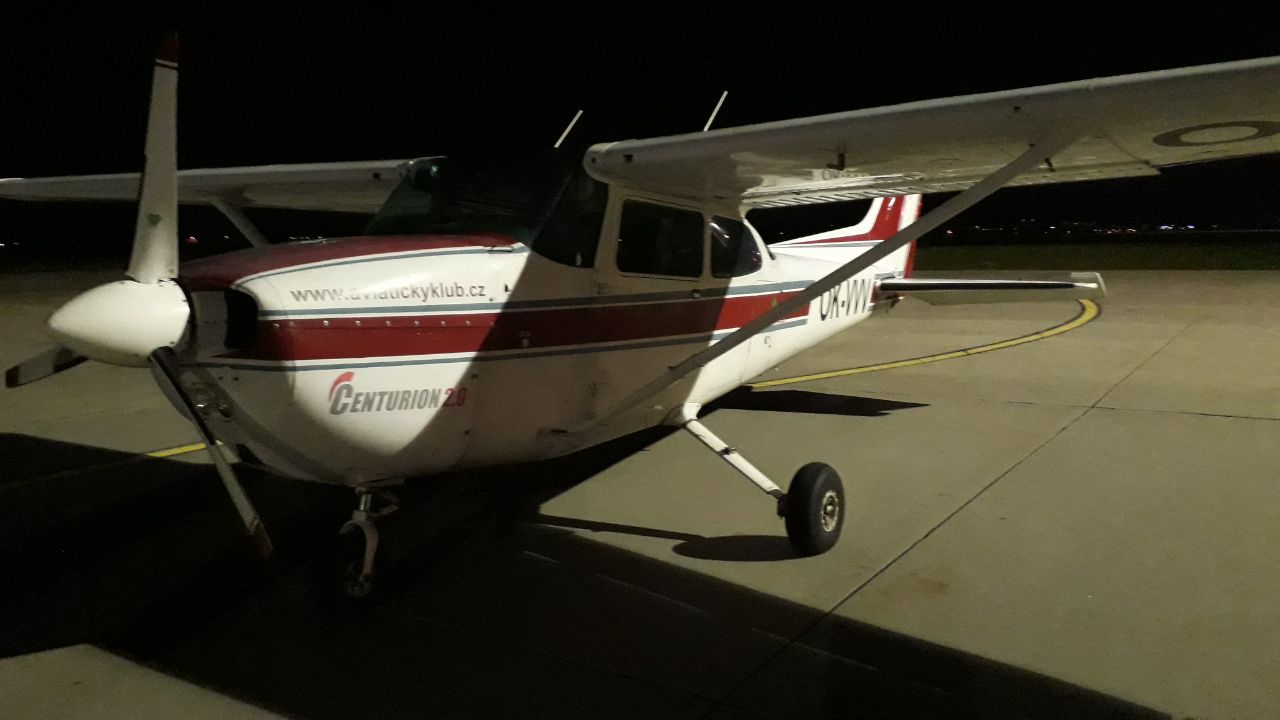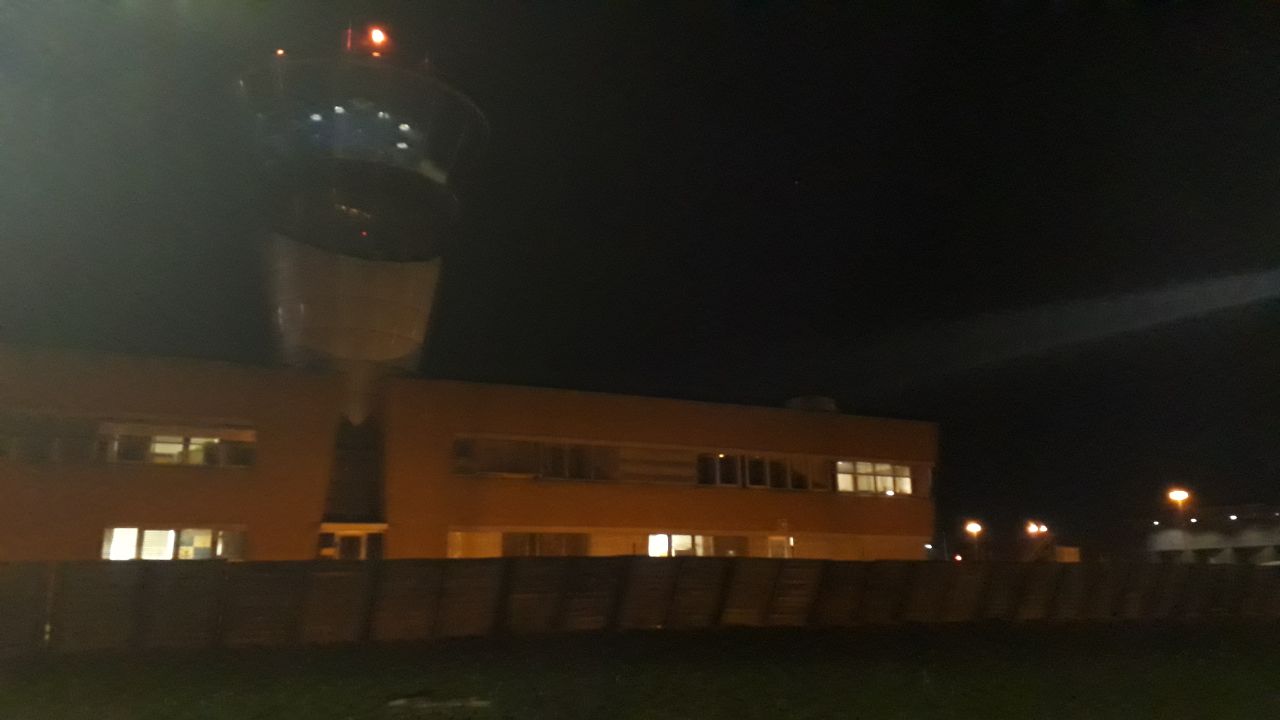Night rating in essential for having the Instrument Rating checkride according to my school curriculum. Usually students just obtain it in spring or autumn (because of early sunset) after their PPL, but I came for the EASA Competency-Based IR after getting a FAA CPL, and somehow started my instrument training before getting a night rating.
EASA night rating requires 5 hours of training at night without any checkride from the authorities. Single-Engine night flying is more dangerous and require better skills, so there are not so many instructors willing to do that. Additionally, in summer there are a lot of students, and instructors are flying all day, so they are tired to fly at night. Moreover, the sunset is very late, and the weather is not so perfect for night VFR – we have at most 2 flyable nights in a week.
As a result, the queue of students waiting for their Night VFR accumulated pretty quickly, and I’ve been waiting for my night training more than a month. And without NVFR rating I was not able to schedule an instrument checkride and start commercial training. Literally, I’ve spent more than a month for fly less than 5 hours!
I really started to consider going to Ostrava for some days to get it with another flight school (it’s about 400 km driving one-way and about 1.5x more expensive than in my school), but finally just a day before I supposed to go I got a call that my training can be done tonight.

The weather was great: clear sky, steady wind, almost no turbulence. It as a little cold though. The forecast for tomorrow and the day after tomorrow was not so good: light rain and clouds. We decided that today is better to fly cross-country, since we can’t tell when it would be possible again.
Usually our school students fly night cross-countries to Brno: the airport is controlled, there is always somewhere on the tower, the approach is rather simple, and the airport is certified for night flights. It is not so far as Ostrava, and far enough to meet the night cross country requirements.
It is essential in Czech Republic to file a flight plan for night VFR. And, of course, it’s necessary to have the convenient relevant VFR maps. In other words, it’s time to activate ForeFlight Europe subscription. Finally we have a good popular EFB (Electronic Flight Bag)for flying in Europe. We did have a SkyDemon before, it is good enough and it is a de-facto standard EFB for VFR flights in Czech Republic, but ForeFlight is still way better. I am happy that they finally added Europe.
Night flying is simply beautiful. It’s amazing! The air is calm, the traffic is rare, and the scenery is astonishing.
It’s safer to fly higher at night since the altitude buys some time in case of something unpredictable. We’ve chosen FL070 to fly there and FL080 on the way back. It’s about 2 km above the ground.

The Brno airport looked pretty much like Gainesville (rather small regional airport in Florida). It is one of the largest and busiest in Czech Republic though. The ATC was nervous somehow, and asked to fly below the TMA (Terminal Control Area – class D controlled airspace) even though there were no other traffic. I made some photos of smartwings’ boeing after landing 🙂

On the way back we asked to overfly Prague, and got a clearance. It’s marvelous to fly over a big city in a small plane!
I remember that I did not see any significant difference between day and night landings in the US: with good landing lights and wide concrete/asphalt runway it looked very similar. And now I finally understood what’s the problem. The difference becomes obvious on a grass runway with not-so-powerful landing lights. Even for a concrete runway you clearly see the advantage of LED 🙂
Grass runway landing at night initially looks like a “black hole landing” – like seaplane landing on a glassy water, when you cannot perceive height very well. Actually it is not so bad, and after 2-3 landings with an instructor you can do it rather well, but initially the difference with a day landing is huge.
Night flying is rather close to instrument flying. You cannot always see the horizon, you cannot always see the obstacles, and you must trust your instruments. I believe it can be very challenging after day VFR only, but after some instrument experience it is not so surprising. It is not actually my first night flight too – I had some training in the US for my commercial license.
Finally, my night cross country is done. I still need some circuits time, but the most weather-critical part is done. And night flying is really beautiful.
Leave a Reply